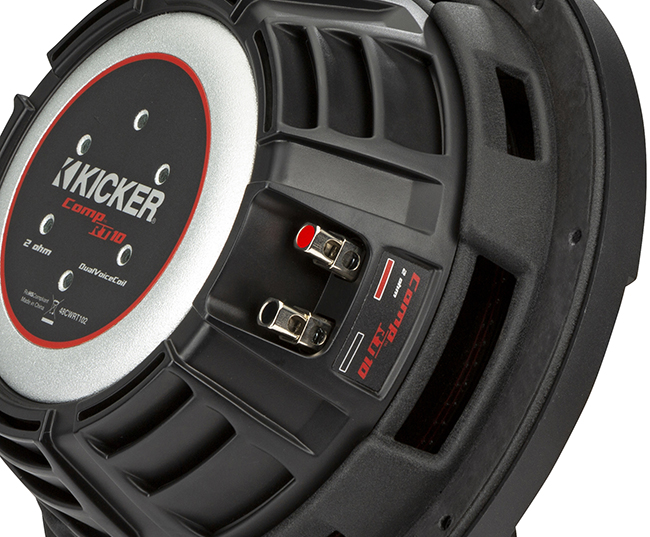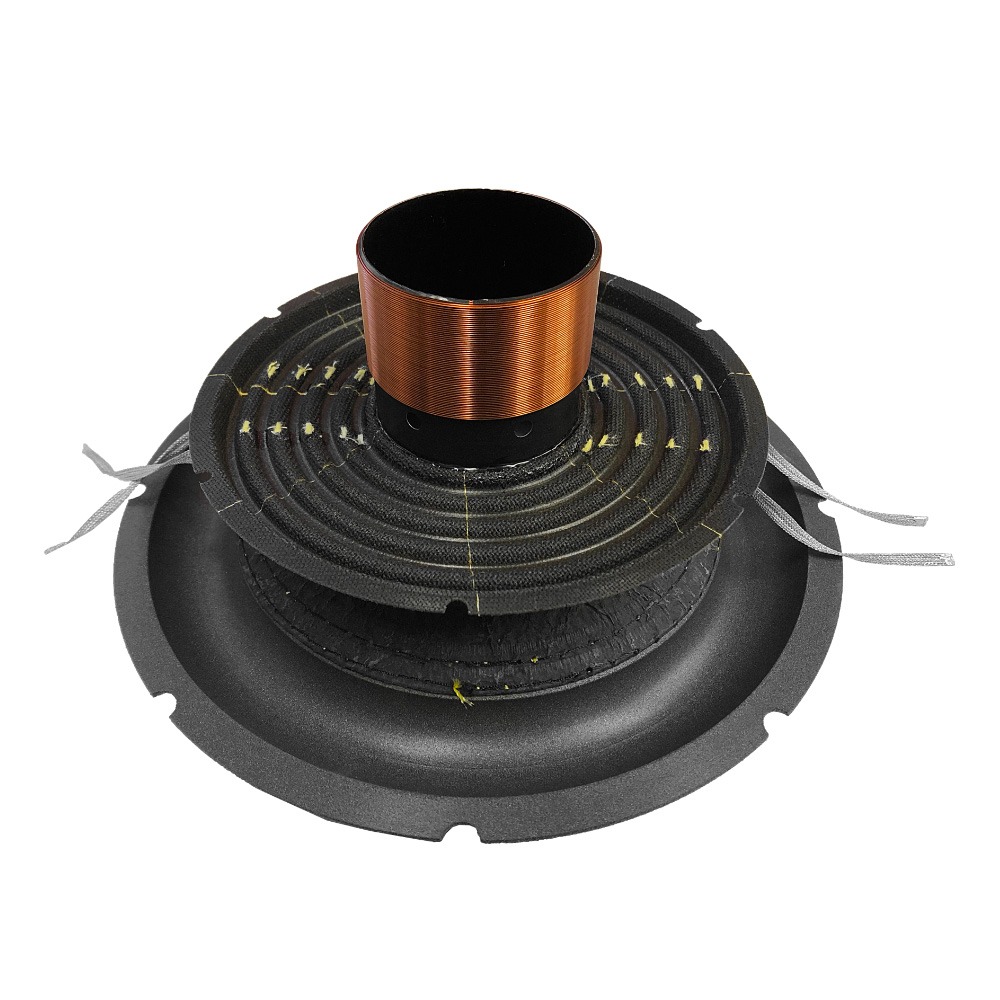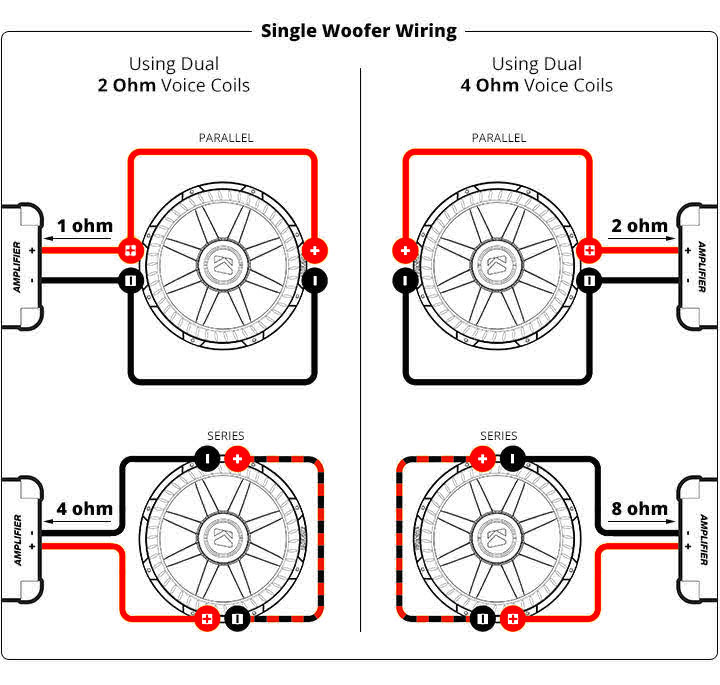
What exactly is a Voice Coil?
In simple terms, a voice coil is a coil of wire attached to the speaker's diaphragm (the part that moves to create sound). When an electric current passes through the voice coil, it creates a magnetic field that interacts with the magnet. This interaction causes the coil (and the attached diaphragm) to move back and forth, pushing air and producing sound waves that we can hear. The voice coil is essentially what makes the speaker's diaphragm vibrate to produce sound. Learn more about this here - How does a speaker make noise?
While most speakers tend to have a single voice coil, when it comes to subwoofers, you can get Single Voice Coils and Dual Voice Coils (DVC) options, which yep, you guessed it... have two voice coils instead of one. These coils are mounted on the same cylinder and work together to drive the speaker cone.


Why Choose a Dual Voice Coil Subwoofer?
DVC subwoofers offer greater flexibility in wiring your sound system, which can be a significant benefit. They typically enable you to draw more power from your amplifier, enhancing the performance, particularly in setups with multiple subwoofers.
SVC vs. DVC Subwoofers: What's the Difference?
Single Voice Coil (SVC): An SVC subwoofer has only one voice coil, which means it can only be connected to your amplifier in a single way.
Dual Voice Coil (DVC): A DVC subwoofer, on the other hand, offers multiple wiring options. This flexibility lets you optimise the power output from your amplifier, which is particularly useful in more complex sound systems.

How Does Wiring Affect Performance?
One key point to remember is that the overall performance of a DVC subwoofer doesn’t change based on how it’s wired. Whether you wire it in series or parallel, its power handling, frequency response, and other specifications remain the same. The only thing that changes is the impedance (resistance) it presents to your amplifier, which affects how much power the amp delivers.
Image courtesy of: Five Star Car Stereo


Here are the two main ways to wire a DVC subwoofer:
Parallel Wiring: When you wire the two coils in parallel, you reduce the impedance. For example, a dual 4-ohm voice coil subwoofer wired in parallel presents a 2-ohm load to the amplifier. Since amplifiers produce more power at lower impedances, this setup will give you the maximum output from your amp. For lower impedances, such as 1 ohm, please check your amplifiers capabilities first.
Series Wiring: Wiring the coils in series increases the impedance. For instance, wiring two coils of a dual 4-ohm subwoofer in series would present an 8-ohm load. If you have multiple subwoofers, you can wire them in series and then connect them in parallel to balance the impedance, which is useful for multi-channel amplifiers.
For more wiring diagrams please click here or download the KICKER U app from your app store (available on Apple and Android)
Conclusion:
In summary, DVC subwoofers give you more wiring flexibility, which can help you get the most out of your sound system. Whether you're building a simple or complex setup, understanding these wiring options will help you achieve the best possible sound quality.






